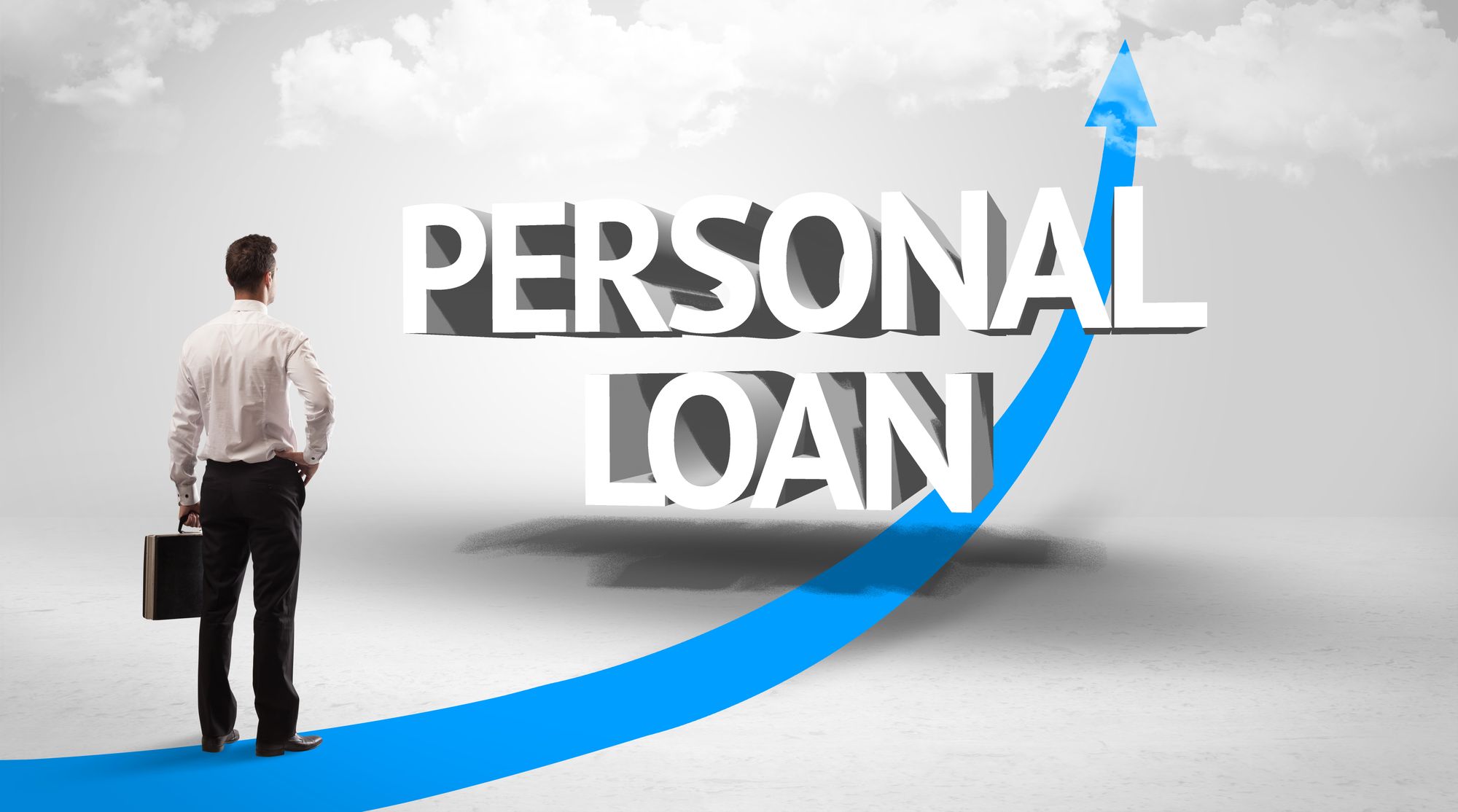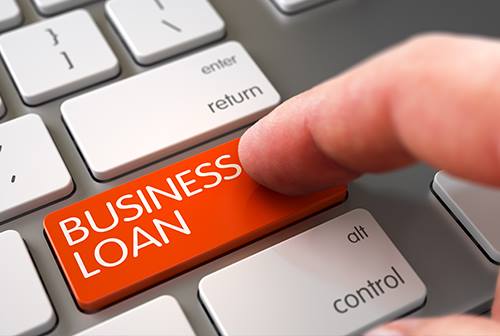What Is A Personal Loan And How Does It Work?
Personal loans are an essential financial tool that helps individuals meet various financial needs, such as consolidating debt, funding large expenses, or handling unexpected financial emergencies. Understanding what a personal loan is and how it works is critical for making informed decisions about borrowing. This article will explore personal loans in detail, discussing their types, how they work, benefits, drawbacks, and the process involved in acquiring one. Additionally, we will address some frequently asked questions to help you fully grasp the subject.
Key Takeaways
- Personal loans are unsecured loans that provide borrowers with a lump sum of money that must be repaid in fixed monthly installments.
- They can be used for various purposes, such as debt consolidation, medical bills, or home improvement.
- Personal loans come with both benefits (flexibility, fixed rates, fast disbursement) and drawbacks (higher interest rates for poor credit, potential fees).
- Before applying for a personal loan, assess your credit score and financial situation to determine if it’s the right option for you.
What Is A Personal Loan?

A personal loan is an unsecured loan, which means it is not backed by collateral, such as your home or car. Lenders offer personal loans based on factors like your credit score, income, and overall financial health. These loans can be used for a wide variety of purposes, including debt consolidation, medical expenses, home renovations, weddings, or vacations. The borrower is expected to repay the loan in monthly installments, typically with interest, over a fixed period (usually two to five years).
Key Features of Personal Loans
- Unsecured Nature: Personal loans do not require any collateral. This means you don’t have to risk any asset, such as your car or home, in case of non-payment.
- Fixed Loan Amount and Repayment Period: Unlike a credit card, where you can borrow money up to a limit and carry the balance forward, a personal loan comes with a fixed amount and repayment period. Borrowers know exactly how much they need to repay each month.
- Interest Rate: Personal loans typically have a fixed interest rate, meaning the rate remains the same for the duration of the loan. The interest rate is generally determined based on your credit score, income, and the lender’s policies.
- Loan Terms: The terms of a personal loan can range from one to five years, depending on the amount borrowed and the lender’s guidelines.
How Does a Personal Loan Work?
| Step | Description |
|---|---|
| 1. Loan Application | The borrower submits an application to a lender, providing personal, financial, and employment details. |
| 2. Loan Approval | The lender reviews the application, assessing the borrower’s creditworthiness, income, and financial health. |
| 3. Loan Offer | If approved, the lender offers a loan amount with terms, including the interest rate and repayment period. |
| 4. Loan Acceptance | The borrower accepts the loan offer, agreeing to the terms and conditions set by the lender. |
| 5. Loan Disbursement | The lender disburses the loan amount to the borrower, typically through bank transfer or cheque. |
| 6. Repayment Period | The borrower repays the loan in fixed monthly installments, which include both principal and interest. |
| 7. Loan Completion | After the full loan amount (principal + interest) is repaid, the loan is considered paid off and closed. |
A personal loan works by providing a lump sum of money upfront, which is repaid in equal monthly installments over the term of the loan. The lender charges interest on the amount borrowed, and you must repay the principal plus the interest in full by the end of the loan term.
Here is how the personal loan process generally works:
1. Loan Application
The borrower begins by submitting a loan application. This typically involves filling out a form that asks for personal information, including income, employment details, and credit history. In some cases, a lender may ask for additional documentation such as bank statements, proof of employment, or a credit report.
2. Loan Approval
The lender reviews the application to assess the borrower’s creditworthiness. If the borrower has a good credit score and a steady income, the likelihood of loan approval increases. Once approved, the borrower is informed of the loan amount, interest rate, and repayment terms.
3. Loan Disbursement
Once approved, the lender disburses the loan amount to the borrower. This is typically done via bank transfer, cheque, or direct deposit into the borrower’s account.
4. Repayment Period
After disbursement, the borrower begins repaying the loan in monthly installments. These installments are typically fixed, making it easier for borrowers to budget and plan their finances.
5. Loan Completion
Once the borrower repays the loan amount in full, the loan is considered completed. At this point, the borrower has successfully cleared the debt.
Types of Personal Loans

Personal loans can come in different forms based on their purpose and the borrower’s circumstances. Below are the main types of personal loans:
1. Secured Personal Loan
While personal loans are typically unsecured, some lenders offer secured personal loans. These loans require collateral, such as a car, savings account, or home, to back the loan. The collateral reduces the risk for the lender and can lead to lower interest rates compared to unsecured loans.
2. Unsecured Personal Loan
An unsecured personal loan does not require any collateral. These loans are based purely on the borrower’s creditworthiness, such as their credit score, income, and financial history. These are the most common types of personal loans.
3. Debt Consolidation Loans
Debt consolidation loans are personal loans used specifically to pay off existing debts. By consolidating multiple high-interest debts (such as credit card balances) into one loan, borrowers can simplify their finances and often reduce their interest payments.
4. Co-Signed Personal Loan
A co-signed personal loan is one where another person, usually a friend or family member, agrees to take responsibility for the loan in case the primary borrower defaults. This can be a good option for those with less-than-perfect credit, as the co-signer’s good credit may help secure better loan terms.
5. Fixed-Rate Personal Loan
This type of loan comes with a fixed interest rate, meaning the interest rate and monthly payments remain the same throughout the life of the loan. This type of loan is predictable and allows borrowers to budget their payments with certainty.
6. Variable-Rate Personal Loan
Unlike fixed-rate loans, variable-rate personal loans have interest rates that may fluctuate with market conditions. The rate is often tied to an index, such as the prime rate, and can increase or decrease over time.
Benefits of Personal Loans

1. Debt Consolidation
One of the primary benefits of a personal loan is its ability to consolidate high-interest debt into one manageable payment. Borrowers can lower their monthly payments and reduce the overall interest they pay.
2. Fixed Interest Rates
Many personal loans come with fixed interest rates, making it easier for borrowers to predict and plan for future expenses.
3. Flexible Use
Personal loans can be used for nearly any purpose, from paying for a wedding to financing home renovations. The borrower has the flexibility to use the funds however they see fit.
4. Fast Access to Funds
Once approved, the funds from a personal loan are typically disbursed quickly, often within a few days. This can be crucial for borrowers facing financial emergencies.
5. No Collateral Required
Most personal loans do not require collateral, which means you don’t have to risk any assets to secure the loan.
Drawbacks of Personal Loans
1. Higher Interest Rates for Low Credit Scores
If you have a low credit score, you may be charged a higher interest rate, making the loan more expensive over time.
2. Fees and Penalties
Some personal loans come with upfront fees or prepayment penalties, which can increase the overall cost of the loan.
3. Risk of Over-borrowing
Because personal loans are unsecured, some borrowers may be tempted to take on more debt than they can afford to repay.
4. Potential Impact on Credit Score
If you miss payments or default on the loan, it can negatively impact your credit score, which could make it harder to borrow in the future.
Also Read:- Can An MBA In Finance Boost Your Career Potential?
Conclusion
Personal loans are a popular financial product due to their flexibility and convenience. They can be used for almost any purpose, from consolidating debt to funding a large personal project. However, it’s important to carefully evaluate the terms of the loan, including the interest rate, fees, and repayment period, to ensure it’s the right option for your financial situation.
FAQs
1. What credit score do I need for a personal loan?
Most lenders prefer a credit score of 600 or higher for personal loan approval. However, the higher your credit score, the more likely you are to secure a loan with favorable terms.
2. Can I use a personal loan for anything?
Yes, personal loans are versatile and can be used for a wide variety of purposes, including home improvements, medical expenses, debt consolidation, and even vacations.
3. What is the average interest rate for a personal loan?
Interest rates for personal loans vary depending on factors like credit score, loan amount, and the lender. Typically, rates range from 6% to 36%.
4. How long does it take to get approved for a personal loan?
Approval times vary depending on the lender, but most personal loans are approved within a few business days. Some lenders may offer instant approval for certain applicants.
5. Are there any fees associated with personal loans?
Yes, some lenders charge fees, such as origination fees or prepayment penalties. Be sure to review the loan terms carefully before accepting an offer.
6. Can I pay off a personal loan early?
In most cases, you can pay off a personal loan early. However, some lenders may charge a prepayment penalty for doing so, so it’s important to confirm with the lender beforehand.
7. How do I apply for a personal loan?
To apply for a personal loan, you’ll need to complete an application with your lender, providing personal, financial, and employment details. Once approved, the lender will disburse the loan funds.






